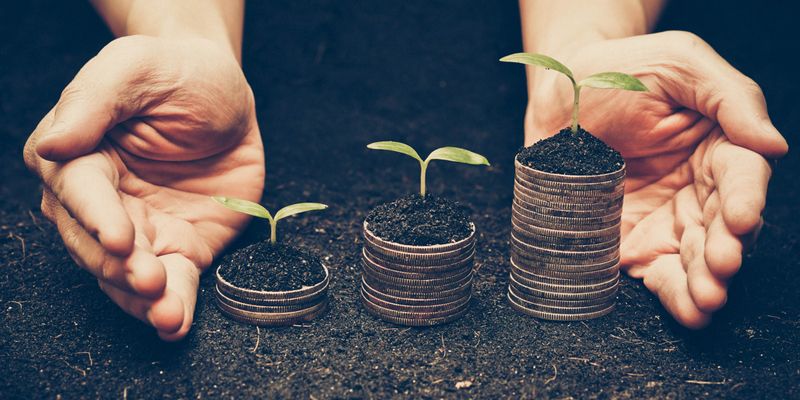The 5 stages of startup development
From the very moment one decides to set up a business, they inevitably enter into what is called a ‘business cycle’. No matter how an entrepreneur decides to conduct their business, the ultimate goal remains the same – to make the company big. However, as with any other complicated ordeal, this does not happen overnight!

Image : shutterstock
Drawing the analogy with that of human life, or any living being for that matter, there are distinct phases that lead to that moment of glory, that epitome of success. Through this journey of growth, an entrepreneur will get to experience everything from the birth, that is an idea of the startup, to the startup itself, and if is it successful, through to its maturity as well. Each new phase brings about new challenges that the entrepreneur must learn to handle with care. After all, the parenting technique one adopts for a toddler is in no way similar in the case of a teenager. With that said, here are the five phases of startup development.
Startup
Every venture or endeavor starts with an idea. Hence, the startup phase follows after the phase of ‘seed and development’, where your business is just a thought or idea, essentially signifying the birth of the business. Many consider the startup phase to be the riskiest in the entire lifecycle. Once the idea is thoroughly tested, it is now time to make the venture legal. Products and customers are in line and you are ready to roll. The main challenge faced by entrepreneurs here is cash burnout, where they overestimate the cash requirements. Since they try to capture a customer base, adaptability is the key in this phase – shaping and reshaping the product according to the initial feedback received from the customers.
Growth
Reaching this phase means that your startup has a steady source of income and is taking new customers consistently. The entrepreneur should start noticing an improvement in the cash flow with a slow but steady upward movement in the income. The biggest challenge faced by entrepreneurs at this stage is tackling problems like time management, customers, and, most importantly, competition.
Establishment
Reaching this phase means that your business has been successful in becoming a thriving company that has a steady flow of income along with a solid grounding in the market and a loyal customer base. For the successful CEO and their employee, business becomes more of a routine job, where everyday situations are mostly predictable. However, such momentary success must not make the entrepreneur shift focus from the bigger picture, that is, further growth and expansion. They need to keep in mind that the initial ideas which had led to their success must be rethought in order to keep it viable and interesting in order to grow the customer base.
Expansion
This phase is characterised by growth into new markets and distribution channels. An entrepreneur no longer has to poke their nose into smaller matters since there are people assigned to take up different problems. Every company at this phase tries to capitalise on newer possibilities and ventures. Business at this stage is marked by rapid growth in revenue and cash flow. The hours of hard work and late night assignments have finally paid off and now the entrepreneur reaps the benefits.
Maturity and possible exit
Although sales and profits remain stable over the years, competition keeps increasing. This phase is mostly marked by consolidation, where the entrepreneur is faced by a dilemma of having to choose between whether to keep expanding or make an exit. Operations become very complex at this stage with the CEO having to make both short and long term decisions.
However, it is not always that a startup will follow the exact chronological order mentioned above. In many cases, startups might experience rapid growth immediately after the development stage, or even an exit for that matter. Every phase brings with itself a set of challenges which requires the CEO to adapt to situations and take decisions.








![[Weekly funding roundup] Venture investments into Indian startups begin on a muted note in November](https://images.yourstory.com/cs/2/f08163002d6c11e9aa979329348d4c3e/Weeklyimage-1577460362436.png)


